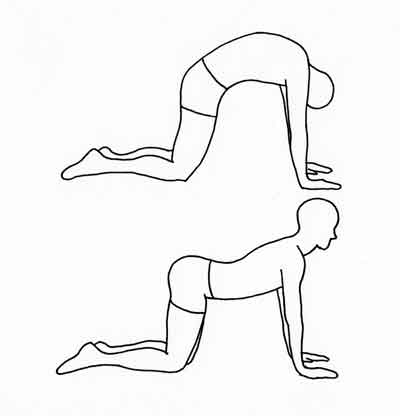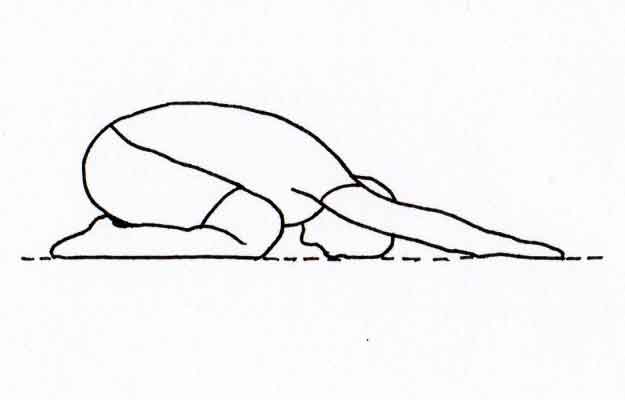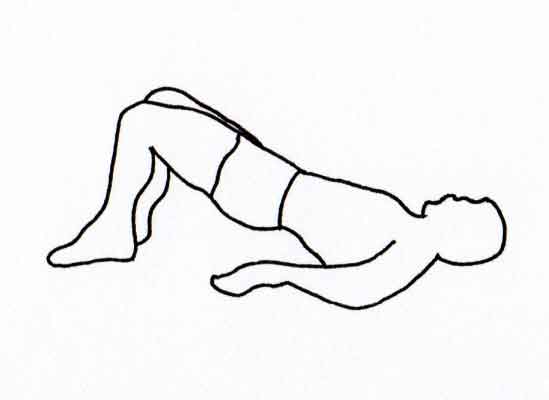3 Simple Strategies to Improve Persistent Low Back Pain
Do you suffer from persistent or recurring low back pain? Then read on to discover three simple strategies that can really help with the long-term management of persistent back pain. They can not only reduce your symptoms, but also prevent flare-ups.
Remember, prevention is always the best cure. It is far easier to prevent a flare up of symptoms than it is to bring your symptoms back down when they’ve entered a red zone. So follow these strategies even when your pain feels settled.
Exercise
Exercise is a key ingredient in the management of so many pain problems. Regular exercise and movement will help to maintain the flexibility of your joints and improve the strength and tone of your muscles, which in turn helps to reduce back pain.
So how should you exercise? Exercise can take any form, so don’t worry if you hate gyms. Even going for a 10 minute walk each day can be a great start. Why not try a gentle exercise class such as Yoga or Pilates, or go for a short swim. If group exercise is not your scene then try an exercise DVD, an exercise app on your phone, or find exercise videos on you-tube.
Start off small and build slowly. Don’t push the exercise through pain and don’t worry if you have a busy life. Even 10 minutes a day can make a difference.
The following exercises are great start for improving the flexibility of your back and increasing your core and bottom muscle strength:
So how should you exercise? Exercise can take any form, so don’t worry if you hate gyms. Even going for a 10 minute walk each day can be a great start. Why not try a gentle exercise class such as Yoga or Pilates, or go for a short swim. If group exercise is not your scene then try an exercise DVD, an exercise app on your phone, or find exercise videos on you-tube.
Start off small and build slowly. Don’t push the exercise through pain and don’t worry if you have a busy life. Even 10 minutes a day can make a difference.
The following exercises are great start for improving the flexibility of your back and increasing your core and bottom muscle strength:
Pelvic Tilt 4-Point Kneeling
Start of your hands and knees (hands under shoulders and knees under hips). Tilt your pelvis (arching your back up towards the ceiling), then reverse and lower your back down towards the floor. Don’t push through pain. Repeat 5 times.
Shell Stretch
Start on your hands and knees. Leave your hands where they are and slowly bring your bottom down towards your heels until you feel a stretch up your back. Hold for 5 seconds then return.
Bridge
Lie on your back with your knees bent, feet flat on the floor hip width apart and close to your bottom.
As you breathe out, scoop your tailbone off the floor, keeping your lower back flat on the floor.
Continue to lift your bottom, peeling your spine upwards bone by bone.
Breathe in to hold, then breathe out as you roll back down onto the floor.
Posture
We are designed to move! This means that sitting in front of a computer for 8 hours at work without moving is going to make your back feel worse. Try these simple posture tips:
- Move or change your posture every 20 minutes you are sat still.
- Don’t slump over your keyboard. Try to sit more upright, with your shoulders relaxed, feet flat on the floor and your body supported by your chair. Ask for a workstation assessment if you don’t feel your desk is set up correctly.
- Don’t lift objects that are too heavy. Remember to lift from your legs and keep the object as close to your body as possible.
- Wear comfortable shoes with a low heel.
Relaxation/Stress Management
Have you ever noticed how your pain seems to increase when your stress levels are high? This is down to a pesky hormone called cortisol which gets released when you are stressed. This hormone sensitises your pain system, basically turning your pain volume control switch right up to high.
Have you also noticed yourself getting grumpy/irritable, or low in mood when your back pain lingers and keeps returning? You’re not alone. Pain has a huge impact on mood levels and stress, and as we saw above, stress actually increases your pain further!
Relaxation and meditation techniques can really help to break you out of this nasty cycle, reducing cortisol levels, improving mood, and providing you with strategies to help in stressful situations.
The internet is filled with useful meditation/relaxation apps to get you started. Some of the commonly used ones include: Mindfulness, finding peace in a frantic world, Headspace, Calm, and Insight Timer. The list goes on, it doesn’t matter what you pick, as long as you enjoy it.
If you don’t fancy using an app, try the following basic technique. Even 10 minutes a day can improve stress levels and boost your immune system:
Sit in a quiet location and close your eyes. Empty your head. Focus on your breathing, ensuring that your out-breath is one-count longer than your in-breath. If you are new to this technique you will likely find that thoughts drift back into your head very quickly. Don’t worry. Just acknowledge that they are there and gently push them back out of your head. The more you practice this the easier it will become.
Key Message:
Keep moving, change your posture regularly, and think positively.
If you would like further advice on how to manage persistent back pain, give us a call on 07702 847036 and speak directly to a Senior Chartered Physiotherapist, or click the ‘Book Online’ button to make an appointment.
The Nebula Physio and Wellbeing Team








